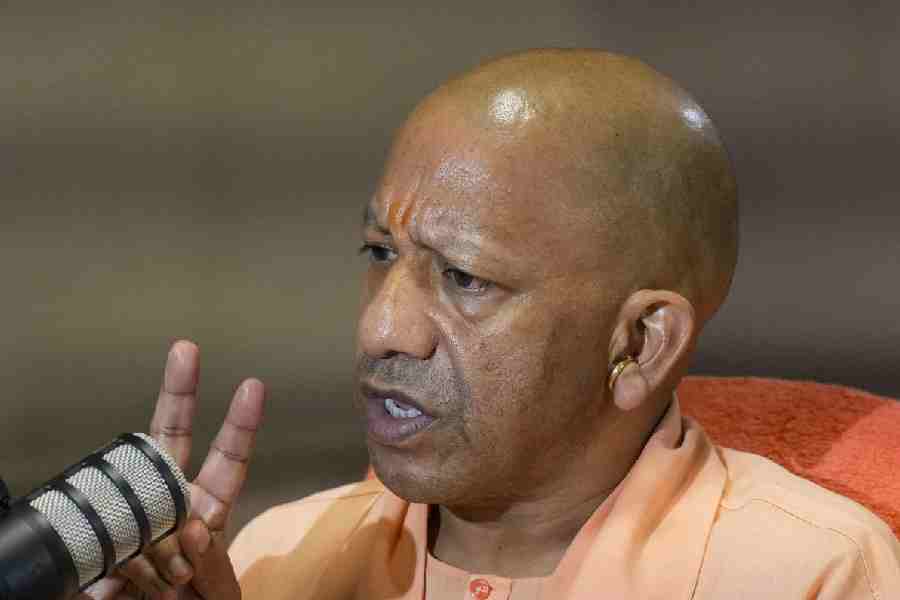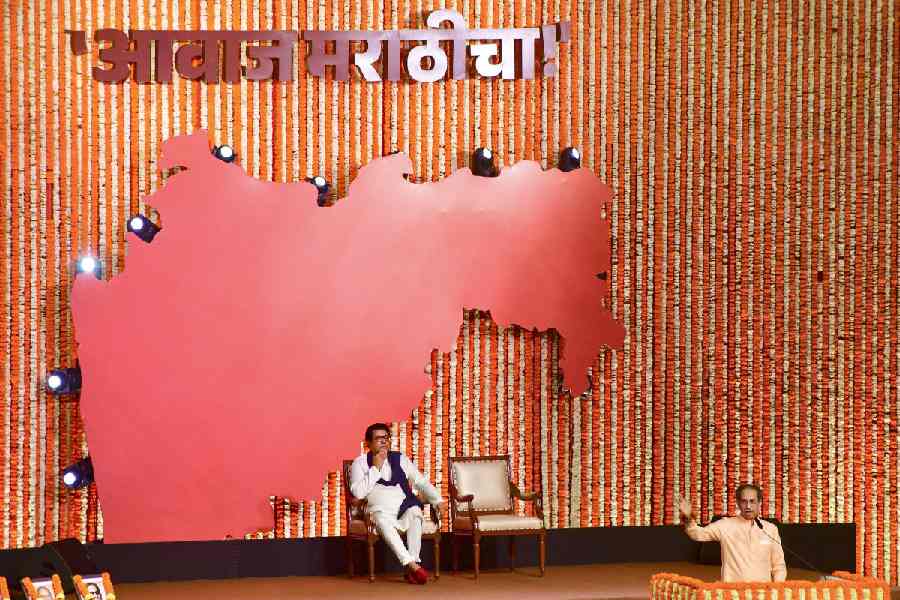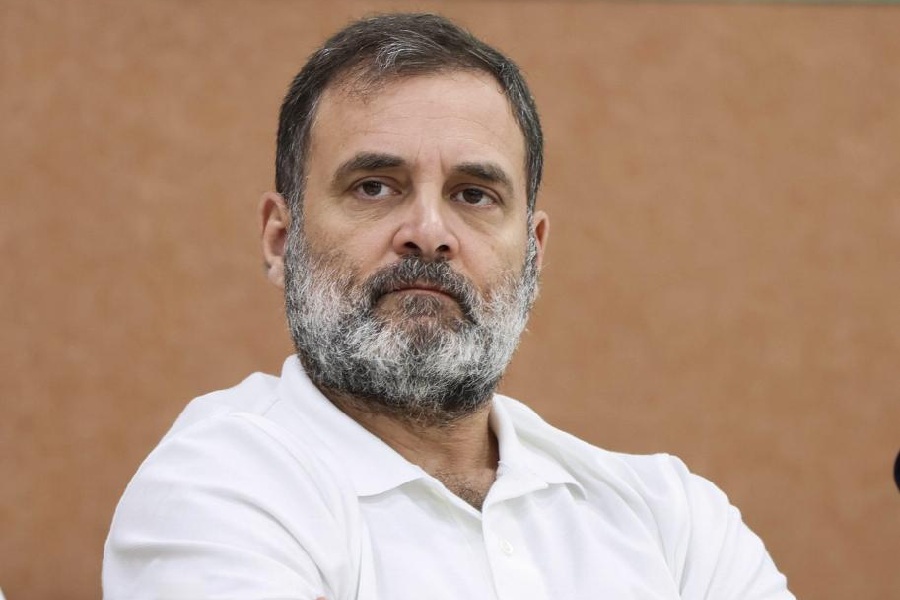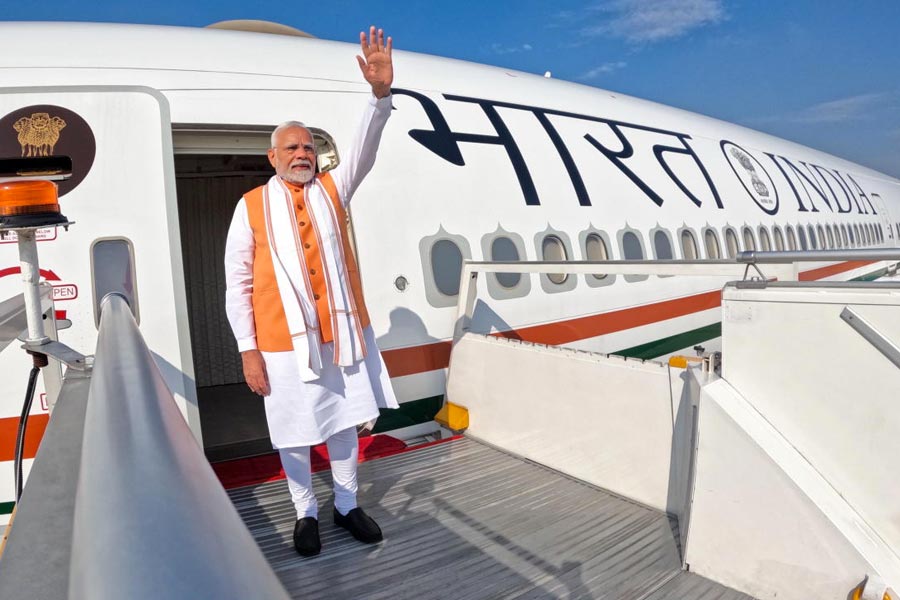At last, the South Korean steel giant, Posco, has withdrawn its proposal to establish a mega steel plant in Paradip. With this also goes the much-hyped claim that Odisha would be home to the largest FDI (foreign direct investment) in the country.
If it had come through, the project would have marked a significant milestone in Odisha’s industrialisation effort that the legendary leader Biju Patnaik had initiated in the early 1960s. Later in that decade, when the proposal for a coast-based steel plant was mooted, he was keen to see Paradip as its location. Instead, much to his disappointment, the central government in 1970, chose Visakhapatnam for establishing the plant. Posco’s steel plant, however, would have been bigger, involving larger investment (Rs 51,000 crore), more modern technology and international-level industrial and management practices. It is a pity that the project slipped after a long 12-year wait, when the political party that bears Biju babu’s name is in office in Odisha and his son is the state’s chief minister.
What Odisha lost in the process would be clear if we discuss various elements of the project in some detail. Posco’s was a composite industrial-cum-infrastructure project comprising an integrated steel plant with an ultimate capacity of 12-million-tonne per annum, road, rail and port infrastructure, including a dedicated railway line from the mining belt to Paradip, development of iron ore mines and a large township at Paradip along with a water supply infrastructure. Apart from bringing prosperity to the area of its location, the project would have deepened Odisha’s technological and management capabilities, added to the social overhead capital build-up and triggered the growth of downstream, ancillary, construction and service industries. These in turn would have contributed to employment generation and revenue resources of the state. Bhubaneswar would have hosted the head office of a well-known foreign multinational company that would have increased business footfall in the state. Posco’s success would have persuaded other multinationals, particularly from East Asia, to establish metal related industries, including automobile and engineering plants, that usually enrich the process of industrialisation in a region. Only a people who revel in continuing poverty can let go of such an opportunity!
It is not often realised that there is no significant presence of foreign companies in India’s mining and metal sector. All the abuses of the past - illegal mining, damage to the environment and local communities in the mining areas and adoption of poor standards and practices — have really been committed by Indian companies, large and small, by taking advantage of the lax administration of the regulatory laws in our country. On the other hand, foreign mining and metal companies, operating in developed nations (where laws are enforced strictly) adopt stringent industrial, mining and environmental standards and practices in their operations. Posco’s entry into Odisha would have exposed the domestic mining and metal companies to these exacting international standards. There are rumours that some of these (domestic) companies perhaps worked behind the scene against Posco’s entry to obviate this possibility.
Be that as it may, the collateral damage of the Posco debacle has been huge. On the face of it, an international metal company (Posco) waited for more than a decade and yet the state government, which in the MoU (Memorandum of Understanding) had promised to facilitate various clearances, was unable to do so.
It is well known that in our country, mining and industrial companies seeking to set up greenfield projects face multiple problems: land for the project, environmental, forest and FRA (Forest Rights Act) clearances and the like. And yet, companies and state governments get projects established through patience and dedication. The automobile hub of Tamil Nadu is one such example. It is also somewhat pathetic that the Odisha government was not able to get back its own land (nearly 3,500 acres) encroached on by the local people for betel nut leaf cultivation and allowed some of these villagers to take the law into their own hands.
As a contrast, in the neighbouring Andhra Pradesh, chief minister Chandrababu Naidu was able to get nearly 30,000 acres of private (including agricultural) land for the state’s new capital Amaravati. The delay in allocating mining leases before the new provisions providing for auction method for mineral allocation came in also raises serious questions about the capabilities of the state’s political and bureaucratic leadership in handling such important and sensitive issues.
The net result is that Odisha not only lost a major industrial project, its reputation as an investment-destination is in tatters. The glossy brochures outlining Odisha’s industrial and investment policies that the state government officials distribute at various seminars and conferences carry neither conviction nor credibility.
The most effective incentive for investors is not the array of fiscal and financial concessions promised in such documents; it is the business climate that a state provides, whether it keeps its commitments and ensures proper enforcement of law, maintains order and provides security to investors and their property. Sadly, Posco showed that these can’t be taken for granted in Odisha.
Finally, a few comments on the attitude and response of the intelligentsia and civil society in Odisha may be in order. In the 1970s, when the Visakhapatnam steel plant was mooted, the local landholders donated nearly 6,000 acres for the project. At Paradip, on the other hand, the local villagers could not be persuaded to hand over the government’s own land that they had illegally occupied. What do you make of a people who prefer paan cultivation to modern industry and technology? Are they not destined to remain poor for generations?
The wider civil society was no better. Its intelligentsia, barring a few stray individuals, seemed to have no view on a major development project that had the potential to bring about a transformative change in the state’s economy. There was no visible support for the project when the proposal was on; there were also no comments when it was abandoned.
One is reminded in this context of what Janet Rand had said: “A person who risks nothing, does nothing, has nothing, is nothing and becomes nothing.”
What is true for a person is also equally true for a people.
(The author is a former Union industry secretary)










